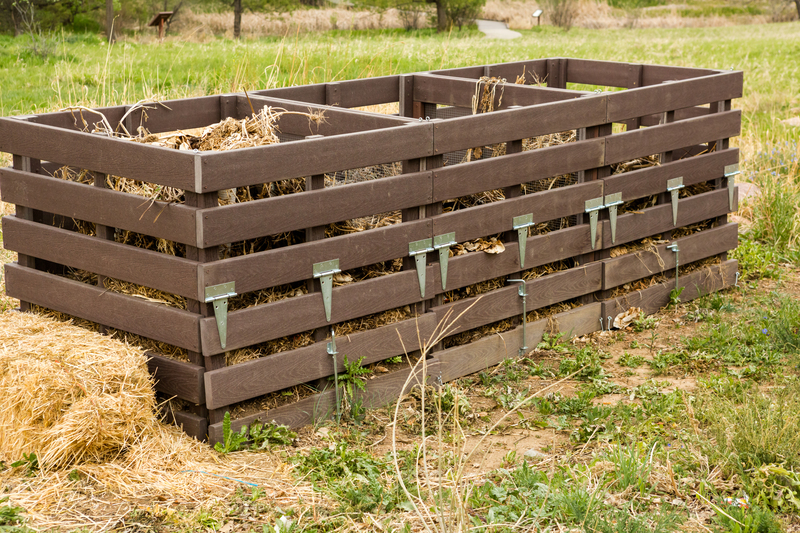Creative Solutions to the Microplastic Pollution Problem
The growing concern over microplastic pollution continues to alarm scientists, environmentalists, and the public worldwide. These tiny plastic particles, typically less than 5mm in size, originate from various sources like cosmetics, clothing fibers, and the degradation of larger plastic debris. As microplastics infiltrate ecosystems and enter the food chain, finding innovative and effective solutions becomes critical. This article explores some creative strategies being implemented to tackle this pressing environmental issue.
Understanding the Impact of Microplastics
Microplastics pose significant threats to marine and terrestrial ecosystems. Their tiny size allows them to disperse widely, affecting every corner of the globe. Marine life ingests these particles, mistaking them for food, which can result in toxic accumulation in the food chain. Similarly, microplastics have been found in soil, impacting crop growth and soil health. Recognizing the pervasive impact of microplastic pollution is crucial for developing effective solutions.
Innovative Filtering Technologies
The first line of defense against microplastic pollution is prevention at the source. Technological advancements in filtration systems offer promising solutions.
- Washing Machine Filters: Approximately 35% of microplastics originate from synthetic textiles shed during laundering. Installing filters in washing machines can significantly reduce the release of microfibers into waterways.
- Industrial Water Filters: Factories and industrial complexes utilizing advanced filtration technologies can drastically cut down microplastic output, making a direct impact on pollution levels.
Biodegradable Alternatives
Replacing traditional plastics with sustainable alternatives is another potent solution. Numerous firms and researchers innovate to create biodegradable materials that function like plastic without lasting environmental damage.
- Bioplastics: Derived from renewable sources like corn starch or sugarcane, bioplastics decompose naturally, reducing dependency on traditional plastics.
- Innovative Packaging: Startups are developing packaging materials from organic matter such as seaweed and mushrooms, paving the way for zero-waste innovations.
Community Initiatives
Local and global communities play a vital role in combating microplastic pollution. Grassroots movements and community-led projects aim to raise awareness and reduce local plastic usage through innovative approaches.
- Beach Cleanups: Organized efforts to clean up coastlines not only prevent larger plastics from breaking down into microplastics but also empower communities to protect their environment actively.
- Educational Workshops: Informing the public about the sources and prevention of microplastics equips individuals with the knowledge to make environmentally friendly choices.
Policy and Legislation
Governments and policymakers can significantly influence the reduction of microplastic pollution through strategic legislation and policy development.
- Plastic Bans: Implementing bans on specific products, such as single-use plastics, can drastically reduce the number of potential microplastics introduced into ecosystems.
- Research Funding: By allocating resources towards scientific research on microplastics, governments can stimulate the development of new solutions and preventive technologies.


Scientific Research and Development
The quest to understand microplastic pollution's full impact is ongoing. International research collaborations and scientific breakthroughs provide a deeper understanding that leads to the development of sophisticated solutions.
- Microplastic Monitoring: Advanced technologies in environmental science enable the precise tracking and analysis of microplastic distribution, offering crucial data for mitigation strategies.
- Bioremediation: Exploring the use of microorganisms to degrade microplastics is an exciting avenue. Certain bacteria and fungi have shown potential in breaking down complex plastic molecules.
Corporate Responsibility
Businesses worldwide can play a pivotal role in minimizing microplastic pollution through corporate responsibility initiatives.
- Sustainable Practices: Companies committing to sustainable production processes can reduce plastic output and set industry standards.
- Eco-Friendly Products: By designing products and packaging that reduce plastic use, corporations can lead the charge toward eco-friendly consumption.
Conclusion: A Collective Undertaking
The fight against microplastic pollution is a multifaceted challenge requiring creative solutions from individuals, communities, corporations, and governments. By combining technological innovation, public awareness, and policy changes, it is possible to significantly reduce the impact of microplastics on our planet. Continued collaboration among scientists, policymakers, and the public will be essential to ensure the health and sustainability of ecosystems for future generations.
Through perseverance and innovation, the socalled 'microplastic menace' can evolve into an opportunity for environmental renewal and sustainable living.